
Chapter 6
What is Brain Mapping?

Chapter 7
Is Neurofeedback Safe?
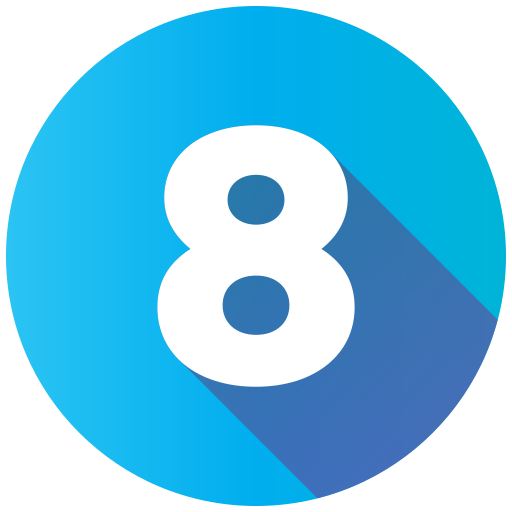
Chapter 8
Is At Home Neurofeedback Good For Kids?
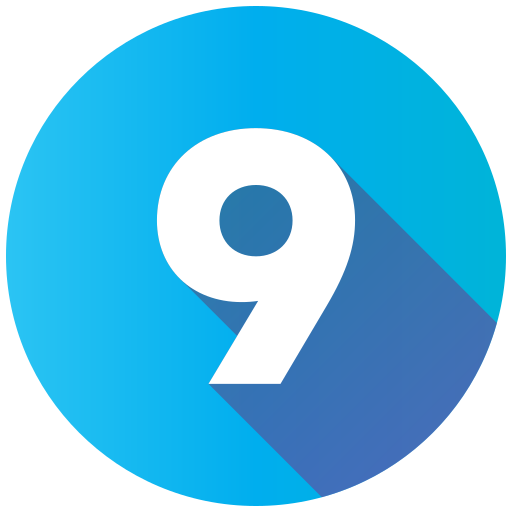
Chapter 9
Why is Clinician Guided Neurofeedback Better?
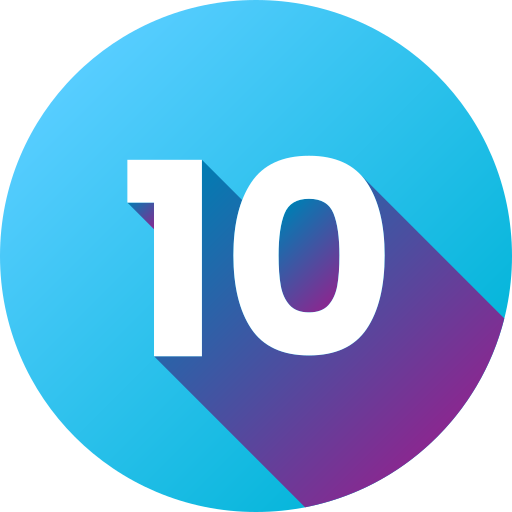
Chapter 10
Can I do Biofeedback At Home?

What is Brain Mapping?

Is Neurofeedback Safe?

Is At Home Neurofeedback Good For Kids?

Why is Clinician Guided Neurofeedback Better?

Can I do Biofeedback At Home?
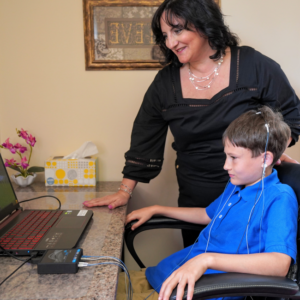
You may be wondering, “Can I do neurofeedback at home for my specific issue?” Not only has neurofeedback been available for decades, there is also decades of research demonstrating just how effective it is in treating issues such as anxiety, mood issues, OCD, ADHD, concussion, learning issues, and more.
Before we dive into what doing neurofeedback training sessions at home looks like, having a basic understanding of what neurofeedback is and how it works is important.
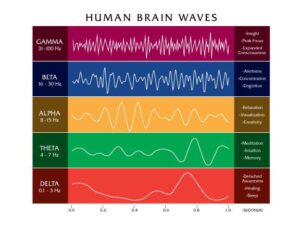
Neurofeedback is a process where the brain has to learn, over time, to get into a regulated state that shows up as regulated behaviors.
Through the use of computer technology, and based on the principles of operant conditioning, the brain gets reinforcing visual and auditory feedback, which teaches the brain how to self-regulate brain waves and the nervous system. Essentially, the computer gives highly desirable real time feedback to the brain and so that it can learn a new, healthy rhythm.
Once the nervous system is in a calm, relaxed parasympathetic state and brain waves are regulated, a person can focus, be calm, and process more quickly. With brain training, the whole brain moves from a dysregulated state to a calmer, more regulated state where symptoms are reduced and brain functioning is improved.
Not only does neurofeedback regulate brainwaves and the autonomic nervous system, it also produces new electrical activity in the brain. Neurofeedback training creates new neural pathways that allow the brain to regulate and communicate in a calmer and more effective manner.
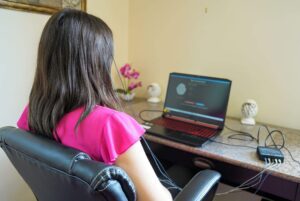
We focus on showing you how to reset your nervous system with both neurofeedback and Dr. Roseann’s Eight Pillars of Mental Health™.
Doing neurofeedback remotely requires a commitment of time, as it requires you to do two to three sessions a week over several months. In order to reap the benefits of neurofeedback, one must do sessions consistently and most do a total of forty or more sessions. If there are behavioral issues or habits that need to be addressed, or family system issues, then those issues should be confronted at the same time in order to harness the power of a regulated nervous system.
The first step in starting remote neuro-biofeedback in the comfort of your home is to speak to one of our client specialists, to make sure you are a good candidate for neurofeedback. We are experts at determining if it is the right treatment or tool for you.
Next, if you are coming in person, we schedule a QEEG brain map and if you are a fully remote client, we schedule a Brain Check. Both a QEEG brain map and a Brain Check are ways to analyze the brain waves in specific regions of the brain to see what areas have hyper or low activity. Since we know exactly what each region of the brain does, when one region is over or underworking, certain behaviors will be present. For example, if the region that controls attention, the frontal lobes, shows slow activity, then we would expect to see difficulties with shifting and sustaining attention. The great part about a QEEG brain map or Brain Check is that these assessment methods allow us to “check under the hood” or really examine just what is behind a person’s behaviors or symptoms instead of guessing, which is, unfortunately, the current standard of care in mental health.
Dr. Roseann personally meets with everyone who has a QEEG brain map or Brain Check during an intake and designs the neurofeedback protocol. We send you home with or ship you neurofeedback equipment that we train you to use. We give our clients as much training as they need in order to feel comfortable with the equipment. Dr. Roseann and the team monitor progress and give guidance throughout your journey, as you or your child complete your sessions.
After receiving the equipment or the neurofeedback machine as some like to call it, you learn where to put sensors on your head, in order to run Dr. Roseann’s custom designed protocol.
Next, you learn how to use the neurofeedback therapy machine and begin your neurofeedback sessions or neurofeedback brain training session.
A typical neurofeedback training session involves placing sensors on your ears, at a grounding location, and at two places on your head, which will be specific areas that Dr. Roseann sets as your unique protocol. You use paste to attach the sensors and to improve conductivity.
The sensors are there to measure your brain wave activity, so the computer can reinforce healthy brain wave activity. It is also a brain wav monitor. With neurofeedback, nothing comes through the wire and the sensors are simply there to monitor your brain wave activity, so your brain can receive reinforcement when it produces a healthy combination of brain waves.
Within two to three seconds from the moment you begin neurofeedback, your brain will produce a healthy combination of brain waves in order to get that reinforcement, which is a movie playing properly and other auditory and visual feedback. Essentially, the brain wants the feedback (to watch a movie or show) so it has to produce the right combination of waves to get the movie to play. Over time, the brain learns to produce this healthy combination and sustain those changes.
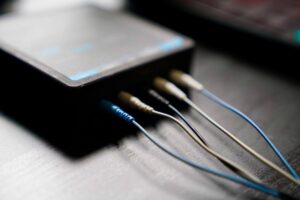
We loan our clients an EEG neurofeedback machine or at home EEG devive for home use so they can do neurofeedback in the comfort of their own home. Once sessions are complete, the equipment is shipped back to our Ridgefield, CT center.
Neurofeedback equipment is regulated by the FDA, so all neurofeedback is good but there are different kinds of neurofeedback. The success of neurofeedback is determined by the skills and experience of the provider doing the intake, setting the protocol and monitoring it. That is why people seek Dr. Roseann’s care from all over the world because she is highly skilled and with her 30 years of experience in mental health has developed the BrainBehaviorReset™ Method that you can’t find anywhere else! So it isn't that there is the best brain training machine or equipment but rather a highly skilled practitioner who is designing your care plan.
Neurofeedback is as much an art as it is a science and, as her clients can attest to, Dr. Roseann’s knowledge and care is like no other. Dr. Roseann is a Board Certified Neurofeedback (BCN) Practitioner, a Board Member of the Northeast Region Biofeedback Society (NRBS).

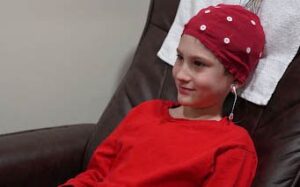
A brain map involves putting a cap on with conductivity gel so the sensors can measure your brain activity at 19 sites. It is a brain wave detector of sorts. It is an easy process for kids and adults and can be done in as little as 15 minutes to collect the data.
People ask, “Does Brain mapping really work?” and after someone has one, they know the answer is, “YES!” QEEG Brain mapping is a wonderful diagnostic tool that really gives individuals and parents accurate information to get the right treatment. Remember, if you don’t know what the right issue is, how can you get the right treatment? You can’t! That is why a brain map or a brain check is a critical step in treatment and Dr. Roseann feels so strongly about how essential they are in guiding treatment. You can’t meet with her without one.
Research supports that QEEG brain mapping is more effective than behavioral ratings in identifying those with ADHD. QEEG is 89 % accurate as a diagnostic test versus behavioral rating scales which were 47% to 58% accurate (Snyder, Quintana, Sexson, Knott, Hague, and Reynolds, 2008).
One must come into the center for a QEEG, as brain mapping at home isn’t possible. With our fully virtual clients, we do what is called a Brain Check, where we take measurements in specific regions of the brain.
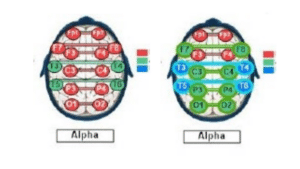 Over 50 years of research supports the efficacy of treating a variety of complex conditions including, anxiety, PTSD, autism, OCD, mood issues, ADHD, and etc. Dr. Roseann is known all over the world for using neurofeedback with those afflicted with Lyme Disease and tick-borne illness, PANS/PANDAS, OCD, “failure to launch” young adults, ADHD, anxiety, autism, learning disabilities, and concussion.
Over 50 years of research supports the efficacy of treating a variety of complex conditions including, anxiety, PTSD, autism, OCD, mood issues, ADHD, and etc. Dr. Roseann is known all over the world for using neurofeedback with those afflicted with Lyme Disease and tick-borne illness, PANS/PANDAS, OCD, “failure to launch” young adults, ADHD, anxiety, autism, learning disabilities, and concussion.
When done consistently (two to three times a week), following Dr. Roseann’s treatment recommendations, and making the right behavioral and lifestyle changes, neuro-feedback can be a powerful treatment or tool to reduce symptoms and restore calm, focus, and improve processing. At home neurofeedback can be just as effective as center based neurofeedback, if you are fully committed to taking the time and really making those micro and macro changes that create lasting improvements.
She incorporates neurofeedback in her exclusive protocols that are part of her trademarked BrainBehaviorReset™ Method to guide her clients to create lasting change.
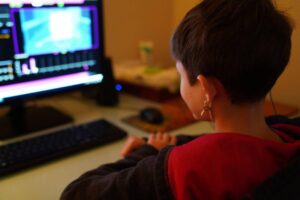
This is especially the case with complex cases such as those involving Lyme Disease and tick-borne illness, PANS and PANDAS, OCD, or clients who have multiple diagnoses. When the brain is very activated, which is reflected in many clinical symptoms, only a highly trained, experienced, and certified provider like Dr. Roseann is recommended.

When a child shows signs of distress, neurofeedback can not only address complex, layered issues, but is a great treatment for early signs of stress, behavioral, attentional, and learning issues. Remember, when the brain is regulated, learning can take place. That is what Dr. Roseann's trademarked BrainBehaviorReset™ Method is all about; getting that nervous system to regulate so a child can pay attention, think, and take action.
Neurofeedback therapy at home is enjoyable and easy if your child or teen is willing to do the sessions and a great way to improve brain health.. It is extremely rare that a child or teen doesn't want to do their sessions because neurofeedback makes the brain feel calm and alert and that just feels good. The biggest hurdle with at home neurofeedback is a parent simply sticking to a schedule at home. We are here to help with that too but it is important to make time for your at-home brain training and not let your equipment sit there, gathering dust.

EEG Biofeedback at home can be a great way to calm the brain and address longstanding clinical issues when you have that all important expert care.

Nuerofeedback vs biofeedback. These are two different modalities. Bifofeedback devices are great for lowering stress levels but require conscious control. Understandably, people often confuse neurofeedback with biofeedback but they are two separate treatments. Neurofeedback works at the subconscious level to alter brain waves whereas biofeedback works at the conscious level to modify our autonomic nervous system.
With biofeedback, one uses devices to control heart rate, temperature, muscle, and skin conductance. These devices can be purchased on your own or through a provider and biofeedback can be done at home.
We are big fans of biofeedback and it is a wonderful adjunctive therapy to neurofeedback or to reduce stress and pain.
To Learn More About Dr. Roseann Capanna-Hodge's Expertise in Neurofeedback, see her in the Media discussing Neurofeedback:
It's Gonna Be OK! With Dr. Roseann Podcast: Neurofeedback Series
Mel Robbins Show : Neurofeedback
Clearly Clinical Podcast: Neurofeedback
Creative Clinician's Corner: Neurofeedback
Everyday Wellness Podcast: Neurofeedback and Teen Mental Health
Helping Children Thrive Podcast: Neurofeedback
The Family Brain Podcast: Neurofeedback
How Humans Heal Podcast: Neurofeedback
Autism in Action Podcast: Neurofeedback
Aspire.care: PANS/PANDAS and Neurofeedback
Holistic Counseling Podcast: Neurofeedback
The Think Unbroken Podcast: Neurofeedback
Sparking Wellness Podcast: Neurofeedback
Project Lyme: Neurofeedback
The Elevated Wellness Podcast: Neurofeedback
Soaring Child Podcast: Neurofeedback
Parenting Impact Podcast: Neurofeedback and ADHD
*Disclaimer: This article is for informational purposes only and is not intended to give health advice and it is recommended to consult with a physician before beginning any new health regime.
Not all neurofeedback is alike and you want the experience and skill of Dr. Roseann to determine your protocol and monitor your neurofeedback, so you can cultivate change in your life and family.
It is important to remember that success in neurofeedback treatment is largely determined by the skill of the person setting up the protocols and monitoring the neurofeedback. That is why people all over the world choose to work with Dr. Roseann because they want the BEST treatment for their child or themselves.

So stop searching for “neurofeedback near me” and hop on a call with one of our client specialists or if you are ready to get started, then click here to fill out an application to work with us.
The effectiveness of diagnosis and treatment vary by patient and condition. Dr. Roseann Capanna-Hodge, LLC does not guarantee certain results.
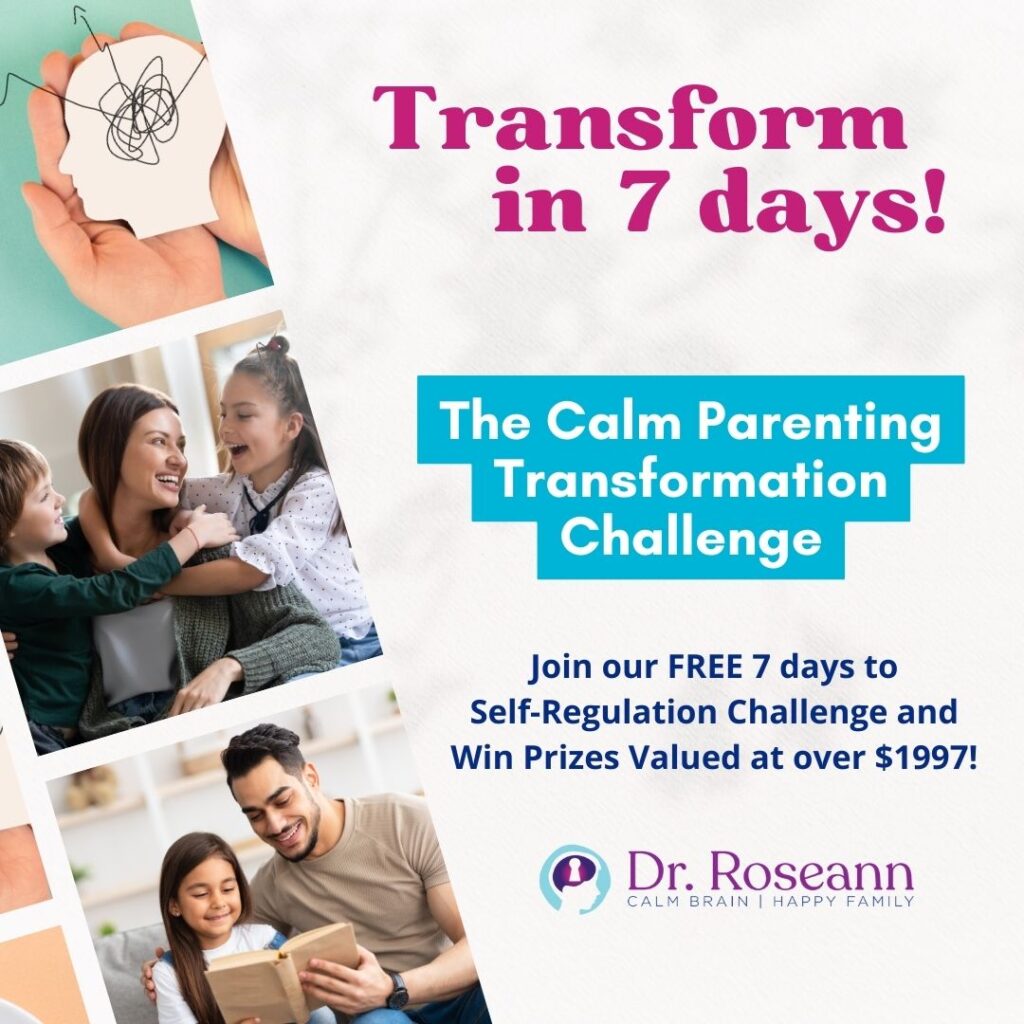
Counter your overwhelm and reset your nervous system in 7 days
Challenge starts on April 22!
147 Therapist-Endorsed
Self-Regulation Strategies
for Children
A Practical Guide For Parents
